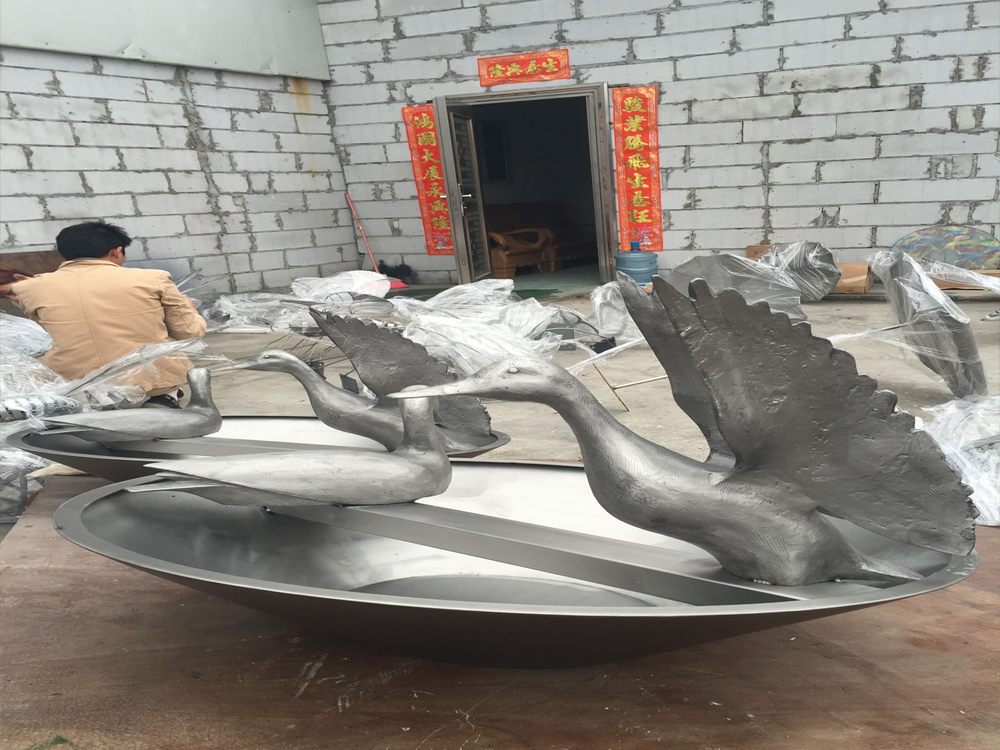
Selecting the right stone for a kinetic art piece requires careful consideration of several critical factors to ensure both functionality and visual appeal. Durability is paramount, as the stone must withstand constant movement without cracking or eroding. Opt for dense, hard stones like granite or basalt, which resist wear over time.
Aesthetic qualities play an equally vital role. The stone’s color, texture, and natural patterns should complement the artwork’s theme and enhance its visual impact. Marble or slate, for example, offer unique veining that adds depth to dynamic pieces.
Weight and balance are crucial for smooth motion. Lighter stones like limestone may be ideal for delicate, floating designs, while heavier stones anchor larger installations. Additionally, consider the stone’s workability—softer stones like sandstone are easier to carve but may lack longevity.
Finally, environmental compatibility ensures the stone thrives in its display setting. Outdoor pieces demand weather-resistant materials, while indoor sculptures can prioritize aesthetics. By balancing these factors, artists can create kinetic masterpieces that harmonize form, function, and movement.

